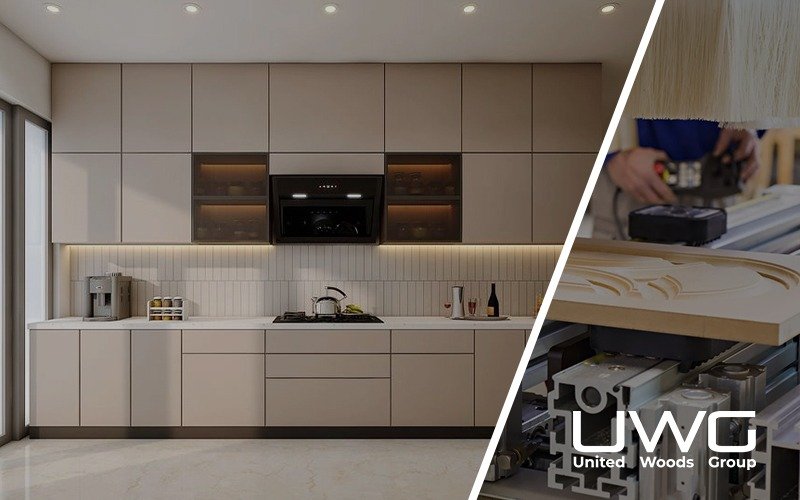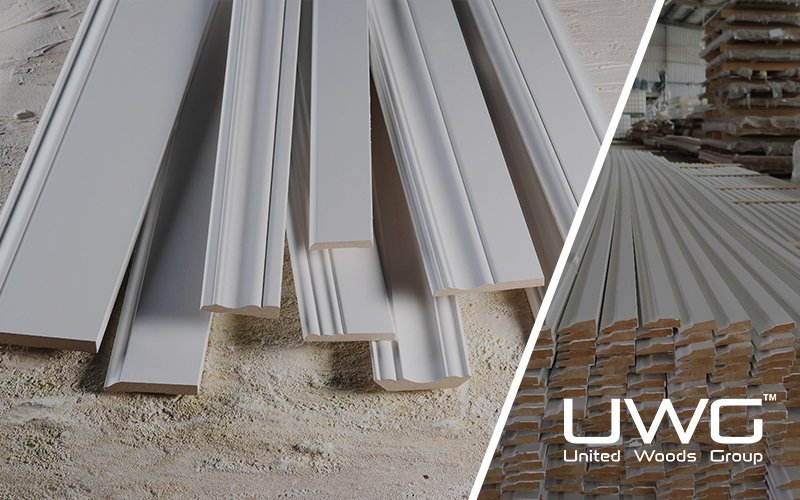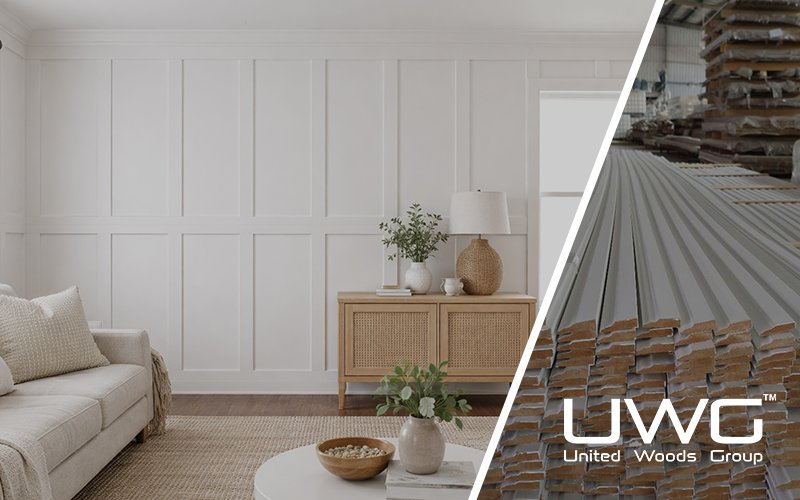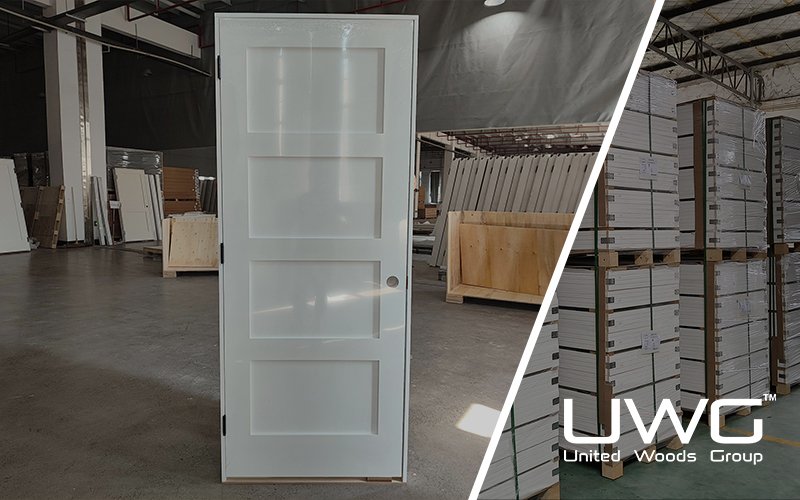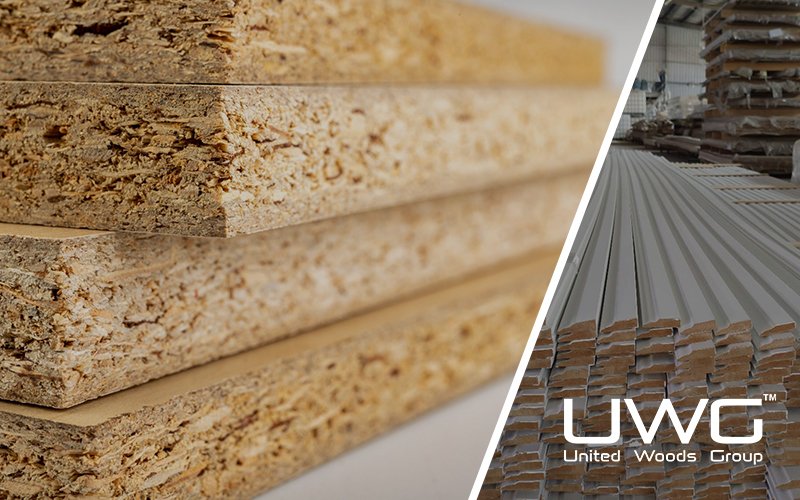Choosing the right cabinets can make or break a build. Builders often face delays, budget overruns, or poor client satisfaction from low-quality materials or mismatched styles. This guide walks you through the top cabinet materials, trending designs, and how to save more with bulk orders—without sacrificing quality.
The best cabinet materials for builders in 2025 include solid wood, plywood, MDF, particleboard, and melamine. Each has unique pros and cons—solid wood is durable but expensive, while MDF offers affordability and smooth finishes. Plywood balances strength and price, making it a builder favorite. Choosing the right material depends on the project scope, client needs, and budget.
Let’s break down each material, explore style trends, and explain how builders can save money and streamline bulk orders.
:max_bytes(150000):strip_icc()/guide-to-common-kitchen-cabinet-sizes-1822029-hero-08f8ed3104a74600839ac5ef7471372e.jpg)
What are the different types of cabinet materials?
Cabinet materials vary based on durability, cost, and appearance. Solid wood is strong and timeless but comes at a premium price. Plywood offers strength and moisture resistance, making it ideal for high-traffic kitchens. MDF (Medium-Density Fiberboard) is affordable and smooth, perfect for painted finishes. Particleboard is budget-friendly but less durable, while Veneered panels, often made by applying melamine paper or natural wood veneer onto plywood, provide a smooth, durable surface that is easy to clean. They combine the strength of plywood with the decorative appearance of wood grain or a modern finish, making them both practical and visually appealing. Normally, the materials used for different parts of a cabinet—such as the cabinet box, cabinet doors, and drawers—can vary. For example, drawers may use solid wood, cabinet doors may use veneered panels (plywood with wood veneer or melamine paper veneer), and the cabinet box may use plywood.Builders often choose materials based on project needs, client expectations, and installation conditions.

What are the most durable cabinet materials?
Plywood is considered one of the most durable and builder-friendly materials due to its strength, moisture resistance, and longevity. Solid wood also ranks high for durability, especially hardwoods like maple, oak, or cherry. Veneered panels using plywood as the core—finished with melamine paper or natural wood veneer—offer reliable performance and dimensional stability, while providing a wide range of aesthetic options. When properly installed and sealed, they are a durable and cost-effective solution for residential and light commercial cabinets.
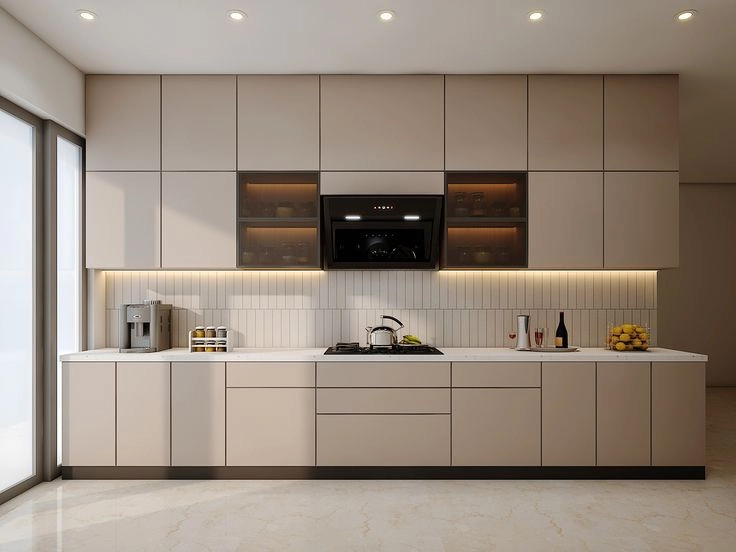
What cabinet style is most popular for kitchens?
In 2025, the Shaker style remains the most popular choice for kitchen cabinets among builders and homeowners alike. Its clean lines, recessed panel doors, and versatile design fit both modern and traditional spaces. Shaker cabinets offer a timeless look that’s easy to customize with different finishes and hardware. Their simplicity also makes them cost-effective for bulk orders, especially in large-scale residential projects. For builders, Shaker style strikes the perfect balance between aesthetic appeal and practical installation.
Is it cheaper to buy cabinets in bulk?
Yes, buying cabinets in bulk is typically much cheaper for builders. Suppliers often offer volume discounts, lower per-unit costs, and reduced shipping fees when orders exceed a certain threshold. Bulk purchasing also helps standardize designs across multiple units or projects, saving time on planning and installation. Additionally, some wholesalers provide exclusive deals or loyalty pricing for repeat bulk buyers. For contractors managing large builds or multi-home developments, bulk orders are a smart, cost-effective strategy.
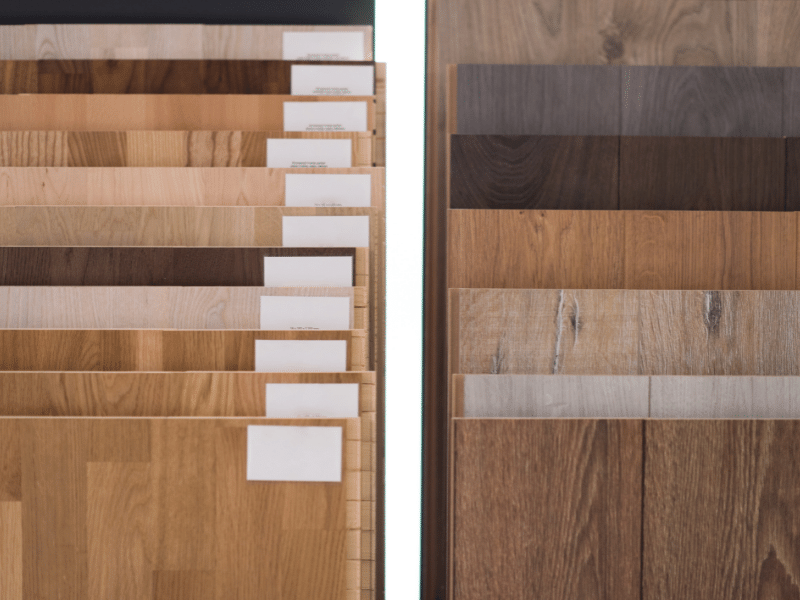
Are custom cabinets worth it for builders?
Custom cabinets allow builders to offer tailored storage solutions, unique finishes, and exact dimensions that stock options may lack. While they come at a higher price point and longer lead time, they can significantly increase the value and appeal of high-end projects. For luxury builds or clients with specific design needs, custom cabinetry can be a strong differentiator.
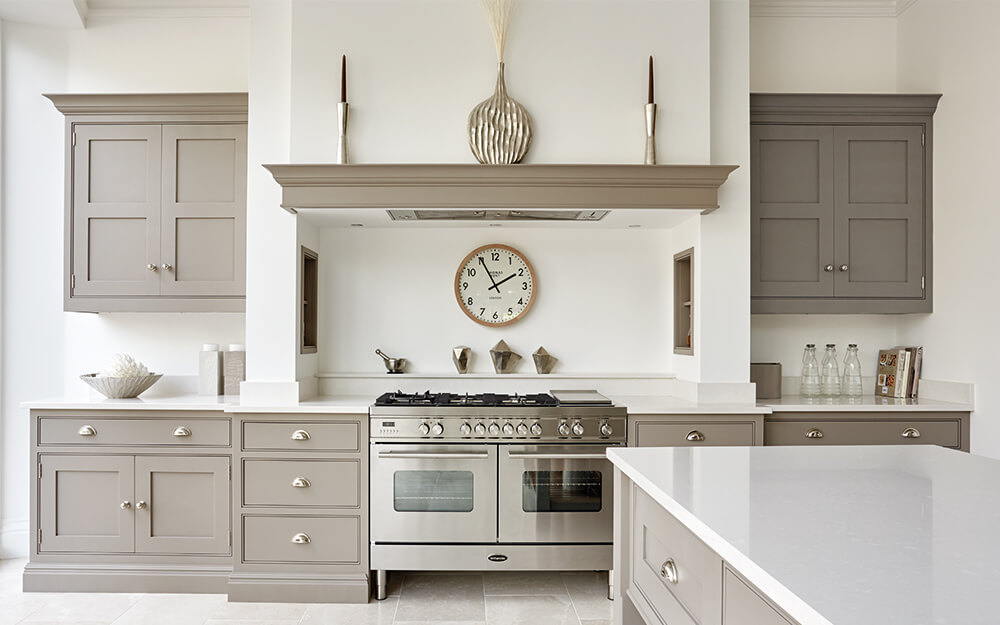
How do framed and frameless cabinets compare?
Framed cabinets include a front face frame that adds structure and traditional styling, making them ideal for classic kitchens. Frameless cabinets (European-style) eliminate the front frame for a sleeker, more modern look and provide easier access to storage. Frameless designs are growing in popularity among urban and contemporary builds, while framed remains a staple in suburban or traditional markets.
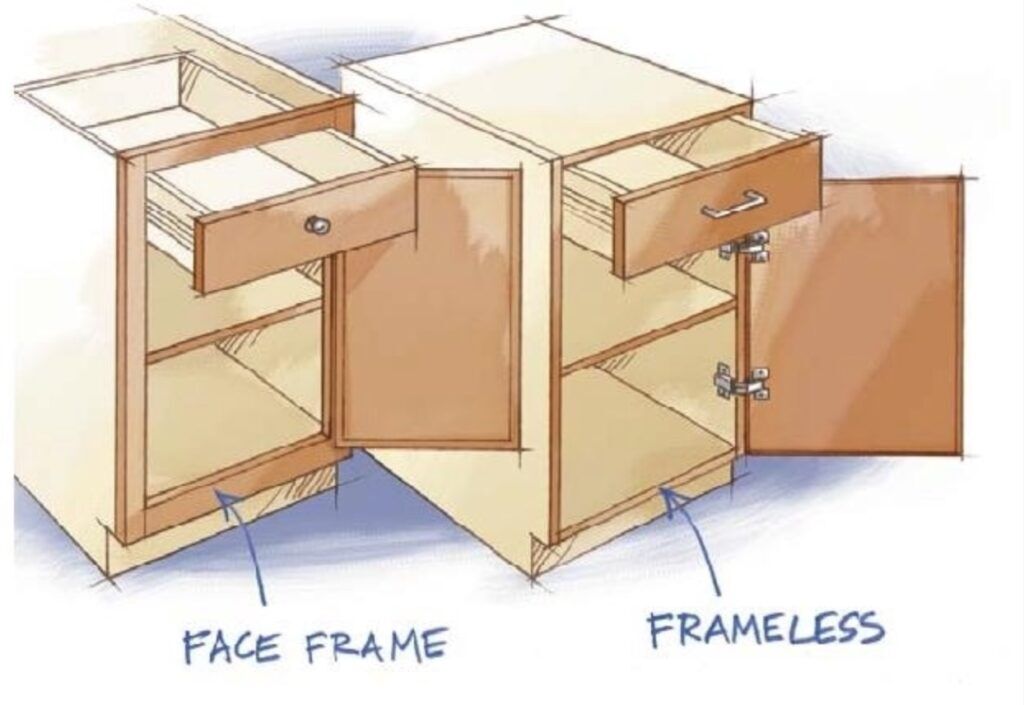
Stock vs custom vs semi-custom cabinets—what’s best for builders?
- Stock cabinets are pre-made, affordable, and ready to ship—great for tight budgets and timelines.
- Semi-custom cabinets offer flexibility in sizes and finishes without the full custom price tag.
- Custom cabinets are ideal for high-end projects with unique design requirements but require longer lead times and higher budgets.
Builders often mix cabinet types across projects depending on client expectations and price points.
Summary
Whether you’re building on a budget or aiming for luxury, choosing the right cabinets makes a huge impact. Use this guide to stay updated on materials, styles, and bulk-buy strategies. Got a favorite cabinet trick? feel free to contact us. (lynn@unitedwoods.group)

